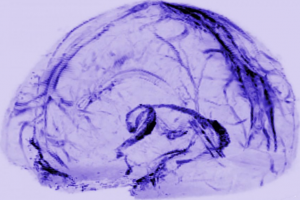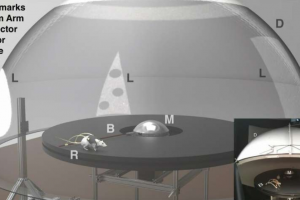Study helps map signaling system in brain linked to ASD
The focus of this study was the endocannabinoid system, which also is associated with mood, anxiety and stress disorders. Endocannabinoids are lipid molecules made by neurons.
The focus of this study was the endocannabinoid system, which also is associated with mood, anxiety and stress disorders. Endocannabinoids are lipid molecules made by neurons.
Decision-making, motivation and reinforcement of reward are all coordinated by the striatum, the part of the brain that controls voluntary behavior.
The striatum has two neural pathways: the direct pathway, like an accelerator, facilitates behavior; and the indirect pathway like a brake suppresses unwanted behavior. Neurons projecting from sensory, emotional and cognitive areas of the brain interact with these pathways to modulate these behaviors.
Across the brain, endocannabinoids can be released by neurons to dampen the level of activation they receive from other neurons. In this way they act like a dimmer switch to allow precise control of neuron circuits.
The most abundant endocannabinoid is 2-arachidonoylglycerol (2-AG), which is synthesized by the enzyme diacylglycerol lipase alpha (DGL alpha).
Using a conditional knockout mouse model, the team deleted the gene for DGL alpha from neurons in either the direct or indirect pathway to study how endocannabinoids may control the flow of information through the striatum.
Targeted deletion of the enzyme from direct but not indirect pathway neurons caused deficits in social interaction and excessive grooming. These are the mouse "equivalents" of two cardinal characteristics of ASD in humans.
These results suggest that endocannabinoid dysfunction may result in an imbalance between the "accelerator" and "brake" pathways, leading to abnormal behaviors.
Additional findings from the study suggest that social interaction deficits resulting from endocannabinoid deficiency may arise from the back or dorsal parts of the striatum, whereas repetitive behaviors may emerge from the front or ventral striatum.
Deficits in 2-AG signaling have been linked to ASD in humans. While the findings reflect the complexity of striatal circuitry, the researchers suggested that manipulation of endocannabinoid signaling one day may represent a useful therapeutic tool.
Medical express





Related Posts